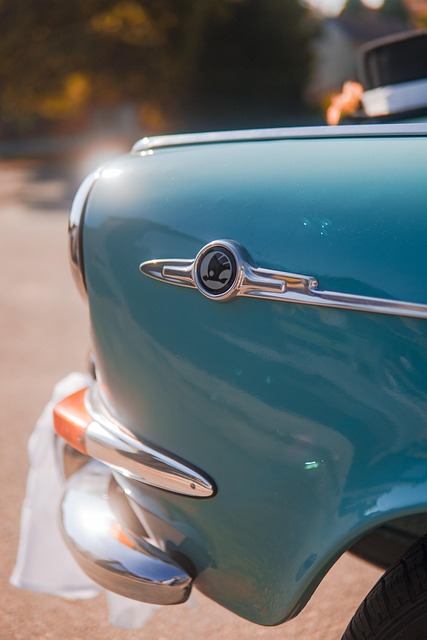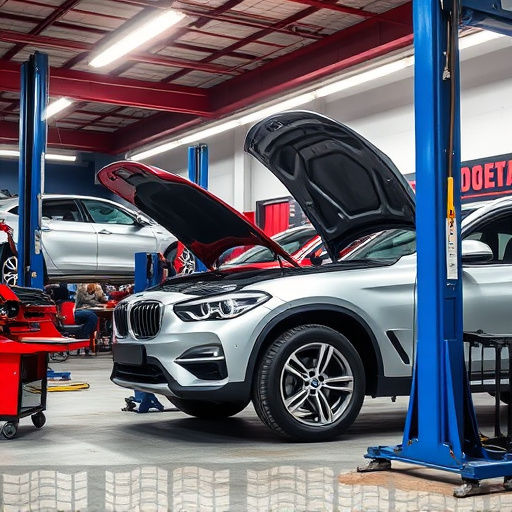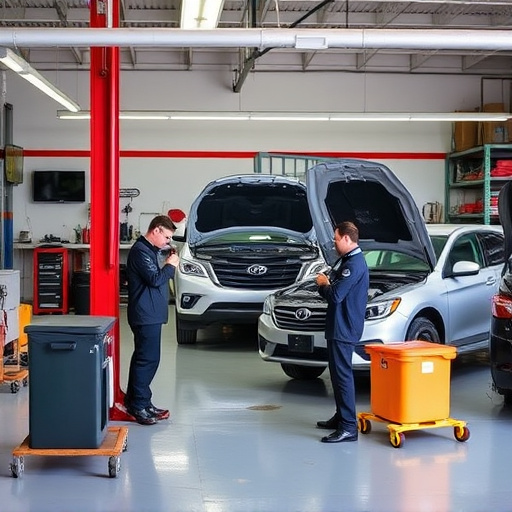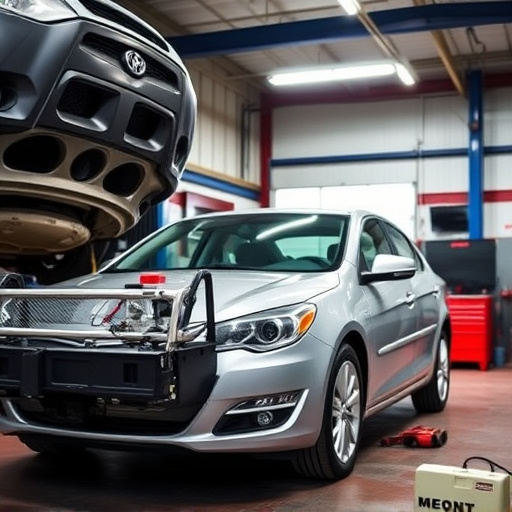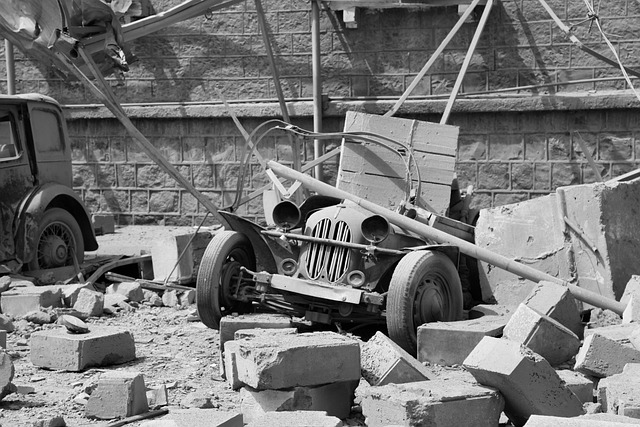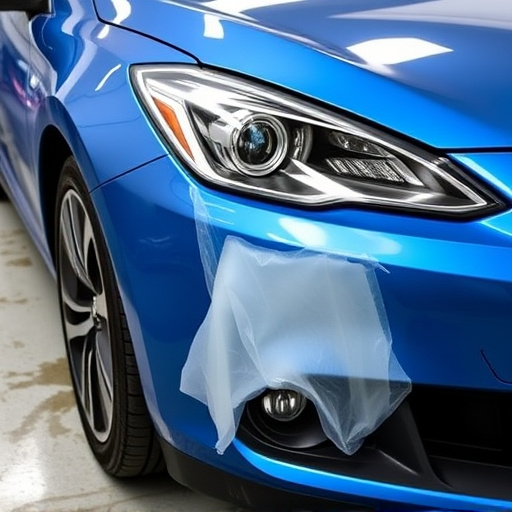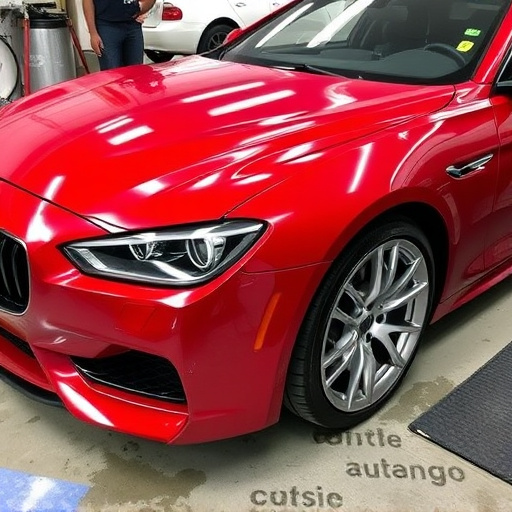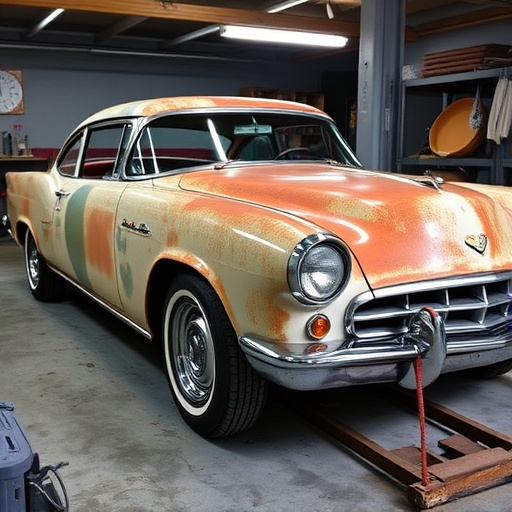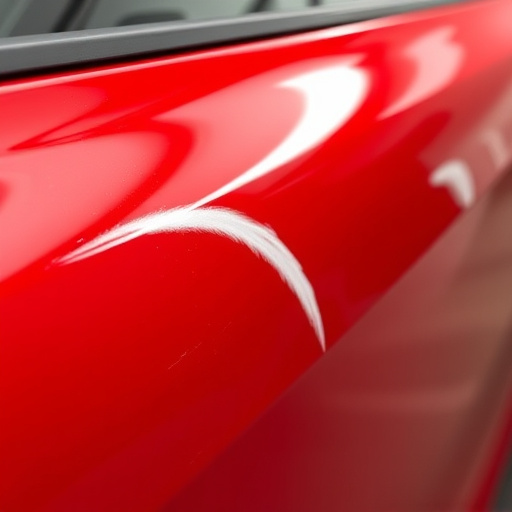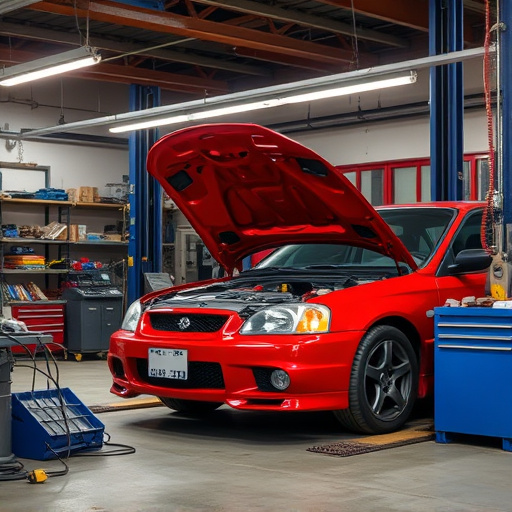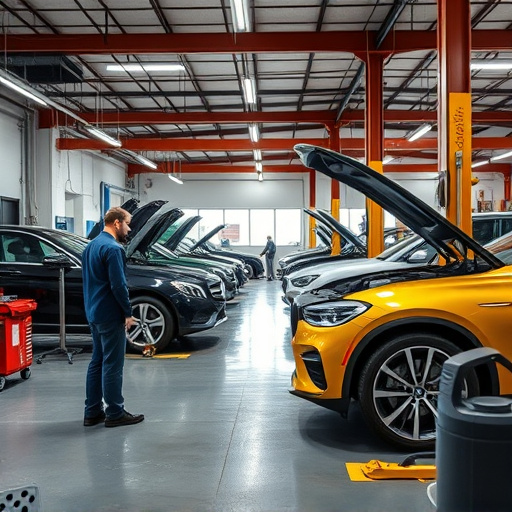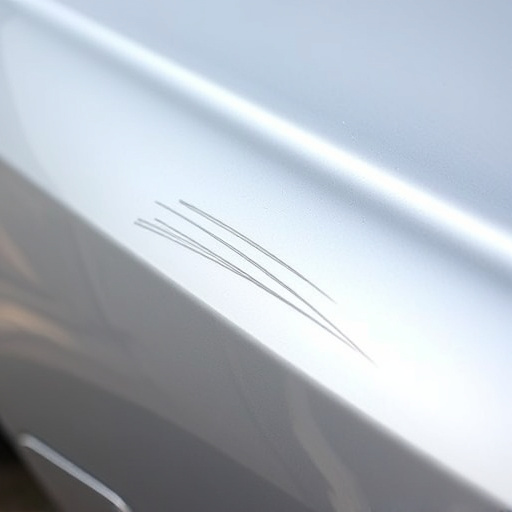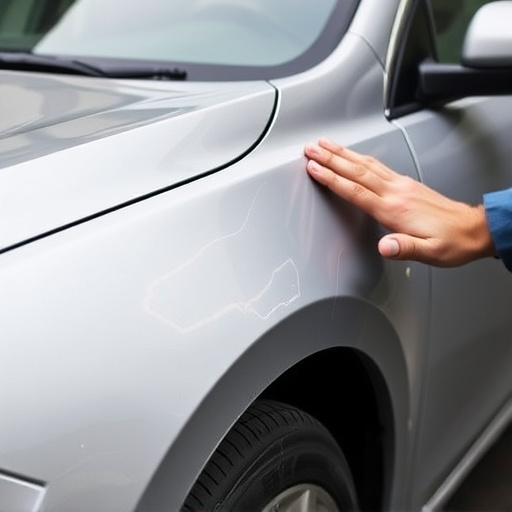Preparing metal surfaces through cleaning, degreasing, sanding and using primers is crucial for MIG welding collision repair. Balancing wire speed, voltage, and gas flow ensures optimal weld quality. Pre-welding steps include removing contaminants, preventing rust with undercoating, and employing advanced techniques like shot blasting and variable voltage controls to achieve seamless, durable repairs with superior aesthetics.
“Unleash the power of MIG welding for precise and effective collision repairs with our advanced tips. From meticulously preparing metal surfaces to optimizing fusing parameters, this guide reveals the secrets to seamless repairs. Discover techniques tailored for common collision challenges, ensuring top-notch results every time. Master the art of MIG welding collision repair and transform damaged vehicles into pristine masterpieces.”
- Precisely Prepare Metal Surfaces for MIG Welding
- Optimizing Fusing Parameters for Seamless Repairs
- Techniques to Mitigate Common Collision Repair Challenges
Precisely Prepare Metal Surfaces for MIG Welding
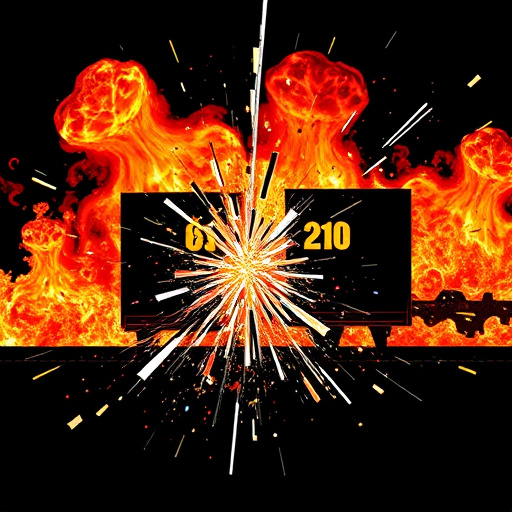
Before starting any MIG welding collision repair, preparing the metal surfaces is a crucial step that cannot be overlooked. This involves thoroughly cleaning the area to remove any dirt, grease, or debris that could interfere with the weld quality. A simple process of sanding and degreasing ensures the surface is free from contaminants, promoting a strong bond between the pieces being welded.
For optimal results in MIG welding collision repair, consider using specialized primers designed for metal preparation. These primers create a smooth base, enhancing adhesion and reducing the risk of cracks or imperfections in the final weld. In an auto repair shop or during car body restoration after a fender bender, this meticulous preparation ensures that every weld is as robust as it should be, leading to longer-lasting repairs.
Optimizing Fusing Parameters for Seamless Repairs
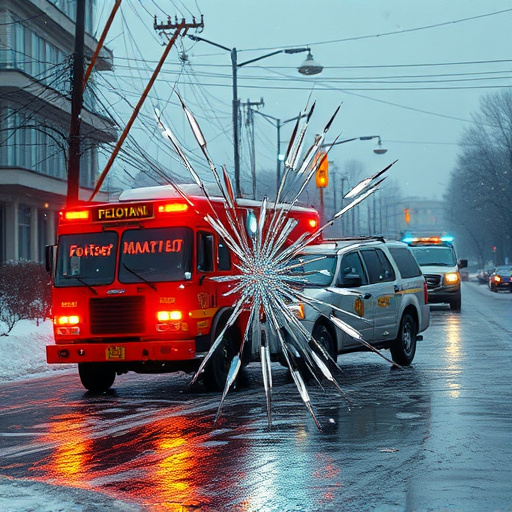
When performing MIG welding collision repair on vehicles, fine-tuning fusion parameters is key to achieving seamless results. The process involves balancing factors like wire speed, voltage, and gas flow to ensure optimal bonding between the damaged panel and the surrounding car body restoration area. For instance, too slow a wire speed may result in cold laps or underfill, while excessive speed can lead to heat distortion. Maintaining the right balance ensures a strong, durable bond without compromising the structural integrity of the autobody repairs.
Moreover, understanding how these parameters interact is crucial for effective dent removal and achieving a smooth finish. Proper gas flow protects against porosity and other defects, while voltage adjustment controls penetration depth. By meticulously calibrating these settings, technicians can elevate their work from functional fixes to artistic car body restoration, showcasing precision and skill in every repair project.
Techniques to Mitigate Common Collision Repair Challenges
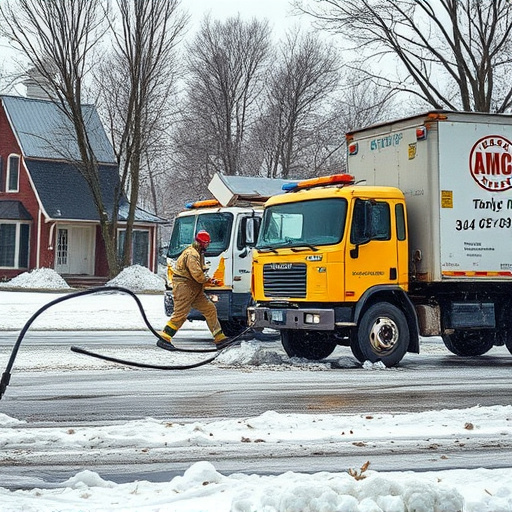
In the realm of MIG welding collision repair, addressing common challenges is paramount for achieving high-quality vehicle body repair outcomes. One effective technique involves precise pre-welding preparation. This includes meticulous surface cleaning to eliminate dirt and grease, as well as utilizing primers or undercoating to prevent rust and ensure better weld adhesion. Proper metal conditioning methods, such as shot blasting or sandblasting, can also streamline the process by creating a roughened surface that enhances weld strength.
Another strategy is adopting advanced welding techniques tailored for collision repair. For instance, using variable voltage controls on MIG welder settings allows for more precise adjustments during the repair process, addressing varying metal thicknesses and types encountered in car bodywork services. Moreover, employing automated or semi-automated welding systems can enhance productivity while maintaining accuracy in automotive collision repair. These methods collectively contribute to minimizing distortion, improving structural integrity, and delivering superior aesthetics in vehicle body repair.
In conclusion, mastering MIG welding collision repair involves a combination of precise surface preparation, optimal fusing parameters, and effective techniques for overcoming common challenges. By adhering to these advanced tips, you can achieve seamless repairs that match the original metal’s strength and integrity. Embracing these practices will not only enhance the quality of your work but also streamline the overall collision repair process.
